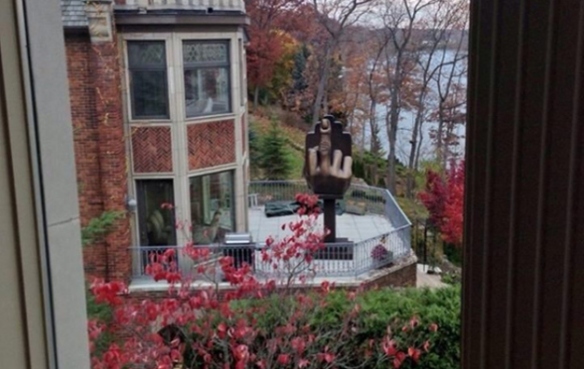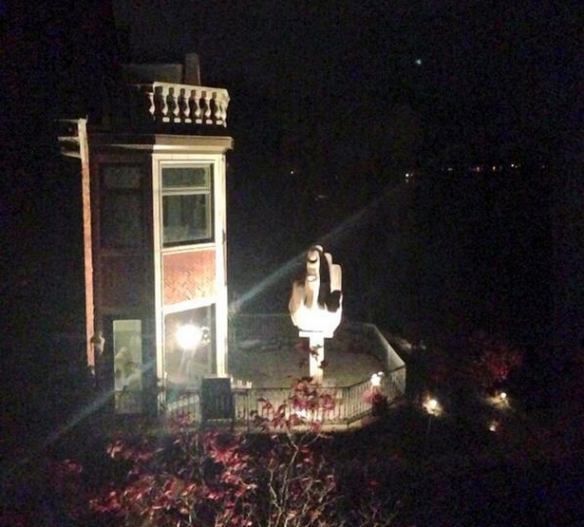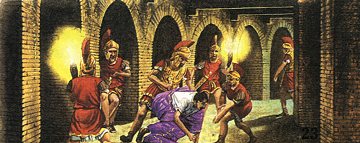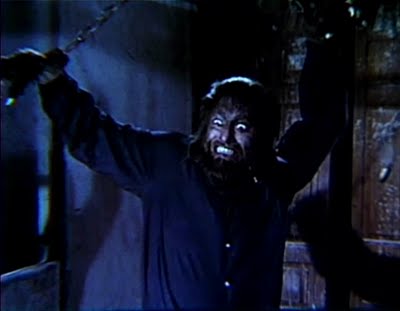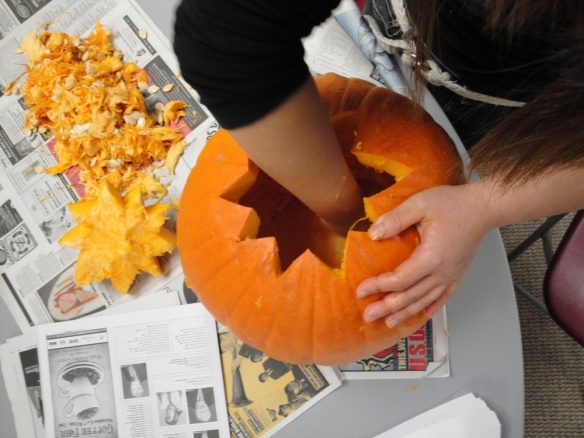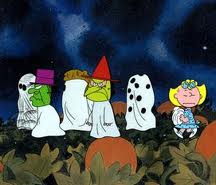Last week, I got into an altercation in the Whole Foods parking lot. I am not too proud to admit that. I arrived at the three-way stop in my 1996 Toyota Tercel with the missing driver’s side door handle and shortly after, a white, middle-aged, wealthy man in a brand new Cadillac SUV rolled up across from me. I knew immediately he was going to try something, and it being the week of Thanksgiving, I had already dealt with a Charlie Foxtrot situation both in the store and maneuvering through that hellscape of a parking lot and my patience had run out long ago. As I (lawfully) made my left turn, he started to go and nearly hit my car, then slammed on his (fortunately) brand new brakes and laid on his horn. I flipped him off naturally, and I could feel the laser beam of rage from his eyes penetrating my soul. He pulled up alongside me, completely losing his mind, hanging out of his SUV window, gesticulating wildly and screaming profanities. I kept my window rolled up, turned up my radio and just laughed heartily, all while holding that finger high and proud in the air. I emerged triumphant as he was forced to proceed as traffic piled up behind him.
And this got me thinking about the power of the hand gesture. My one finger had more power than the stupid words coming out of his mouth. Nothing enrages a person more than “the bird.” This Motor City strip club owner knew it and so bought the mansion next to his cheating ex-wife and her new husband and erected a 12-foot-tall middle finger statue on the back deck.
So why is this gesture so delightfully effective? The finger is, of course, not innately offensive. Meaning had to be assigned to that otherwise neutral finger. Oddly, the finger has been offensive for centuries, but never has really had any distinctive meaning, save for the idea that it may resemble male genitalia and is a symbolic substitute for waving that stuff around in people’s faces (and available to the ladies as well)! Long ago called the digitus impudicus or digitus infamis (meaning, respectively, indecent or infamous digit), it was a popular offensive mechanism for the Romans and medieval Europeans. It was a favorite of the famed asshole Caligula, who adored to have his enemies kiss his digitus impudicus, which is probably what eventually got him killed.
While the gesture has no specific meaning, it universally pisses off Americans. And I love the simplicity of raising that finger out of my fist to convey what a million words never could.


